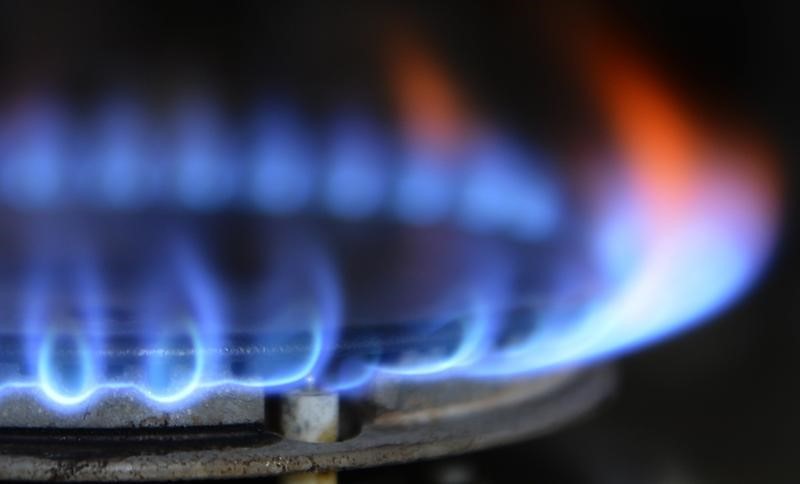New research reveals U.S. gas pipeline leaks have not improved
2022.06.23 10:55

By Valerie Volcovici
(Reuters) – Over 2,600 hazardous gas pipeline leaks in the United States caused more than $4 billion in damages and emergency services, killed 122 people, and released 26.6 billion cubic feet of fuel as methane or carbon dioxide, according to a report released on Thursday.
The report, by the U.S. PIRG Education Fund, Environment America Research & Policy Center and Frontier Group, comes as the Biden administration prepares in the coming months to unveil new safety-related rules to curb methane emissions from pipeline systems that transport gas from production to local distribution.
In addition, the federal Bipartisan Infrastructure Law, passed last year, will enable the Department of Transportation to spend $1 billion to replace leaky gas distribution pipelines.
On average, a major new gas leak incident is reported to the federal government every 40 hours, while more minor leaks can go undetected and unrepaired for years.
The report, which shows that the incidence of major pipeline leaks or explosions has not decreased over the last decade, makes the case that the U.S. should move away from the widespread use of natural gas in homes and businesses toward electrification.
“House explosions and leaking pipelines aren’t isolated incidents – they’re the result of an energy system that pipes dangerous, explosive gas across the country and through our neighborhoods,” said Matt Casale, U.S. PIRG Education Fund Environment Campaigns director.
The incidents included in the report were caused by an array of factors, from operator errors to equipment failures to natural causes.
The report recommends that policymakers step up incentives to fast-track the transition from a gas-dependent economy to one that is all-electric, encouraging homes and buildings to use electric heat pumps, stoves and other appliances.
During the transition, the report says gas infrastructure investments should focus on fixing leaks.
Methane is over 80 times more potent than carbon dioxide during the first 20 years it lasts in the atmosphere.
Throughout the U.S., nearly 33% of all reported gas leak incidents resulted in fire and 13% resulted in explosions. From 2010 to late 2021, 122 people were killed and another 603 were injured in gas leak incidents.








